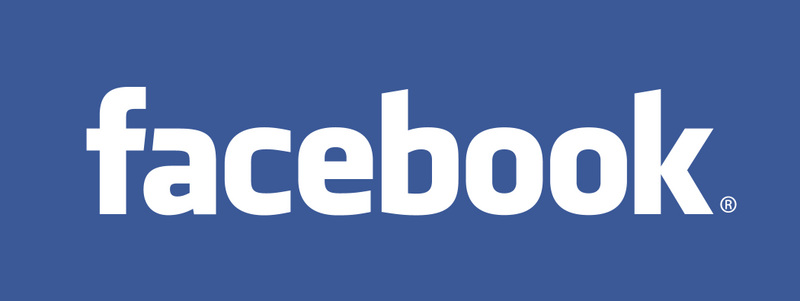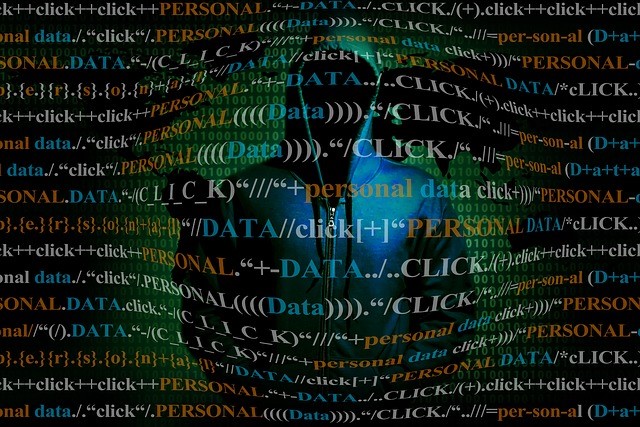Colombia and the United States of America participated in an operative to identify 13 fake Facebook accounts. These accounts had a connection with 10.900 profiles, all of them belong to underaged people. The idea behind these fake accounts was to catch these kids’ attention, gain their trust, and get personal information as well as sexual content images.
10.000 pics on social networks
In Colombia, a man was captured after the authorities found out more than 10 thousand pictures of victims in his social networks -all of them between 9 and 14 years old-. The victims were from Colombia, Venezuela, Mexico, and Argentina.
The aggressor created fake profiles in his cybercafe and used them to act as if he was another kid. He intended to get the other children’s attention. Once he did that, he managed to gain these minor children’s trust and personal information, mostly girls. Once he got what he wanted, he asked them for sexual content images that he would use to threaten them so he could force them to send more pornographic material.

During the last nine years, at least 5,583 cases of sexual crimes related to Internet access have been presented in Colombia. However, only 1,083 have been resolved this year; among these cases, we can find:
- 202 grooming cases (fake profiles created by adults to get closer to their underage victims).
- 281 sextortion cases
- 73 cyberbullying cases
- 93 unauthorized sharing cases, related to sexual content images.
Sexual child abuse content is not only found in the deep web and the dark web. This content can also be found in covered pages in browsers like Google, social networks, WhatsApp groups, and other messaging apps.
Besides keywords like Caldo de Pollo, Club Penguin, Código Postal or CP, among many others whose initials coincide with Child Pornography; pedophiles also use symbols to identify sexual child content on the Internet.

A blue double triangle is used to represent boy sexual abuse on the Internet. The symbol is known as Blogo or Boy lover. Some variations include thinner lines that mean that it is related to younger kids, while thicker lines refer to older boys or teenagers.
On the other hand, the double heart symbol exists or Globo, Girl Lover, used to identify pedophiles that prefer girls. Those places with mixed content identify themselves with a blue butterfly and a pink one, Go. Some of these symbols belong to trademarks and were plagiarized with another purpose.
Combating pedophilia through a backdoor

To fight pedophilia, countries like the United States of America, the United Kingdom, and Australia, have encouraged Facebook to allow the police to special access some content if the social network keeps going with its messaging services encryption.
Authorities -in an open letter for the social network’s CEO, Mark Zuckerberg- asked easier and faster access to users’ communications in cases of terrorism or pedophilia suspicion. They are asking for legal access to these communications’ content, in a simple and usable format.
The end-to-end encryption prevents other people from accessing messages sent through direct conversations. The reason to ask the social network to change this is that Facebook Messenger has become the pedophiles’ favorite messaging service. They use it to stalk and harass their victims and share pornographic content.

Facebook has said that this encryption is used to protect people’s privacy while they are connecting with each others and that they do not have access to chat’s content. Also, they condemned that these security tools are being used to commit crimes. Besides, they are responsible and they promise that they will work with law enforcement authorities to prevent these things as much as possible.
The social network works on improving its abilities to identify and detain aggressors and criminals in all its apps. They are using a pattern detection system and some other tools, even when they cannot check the content of the messages.







